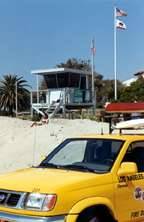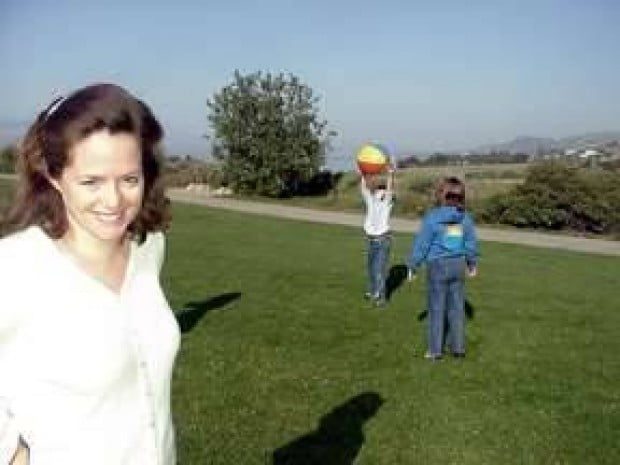Early 2001 sales reflect little of last year
By Rick Wallace
In a recent April week, two homes were reported sold for more than $5 million each in the Malibu area Multiple Listing Service. Neither was on the beach. That two such estates, both on the landside of Pacific Coast Highway, would sell the same week is remarkable.
Furthermore, the national news of a $10 million purchase on Carbon Beach by celebrities has made for an encouraging Malibu real estate outlook. That is, if you count on the first three months of the year as your only guide.
A mere 37 homes sold in Malibu the first quarter of the year. At an annualized rate, that is less than half of the production for the year 2000. It’s not quite that selling activity came to a complete halt, but the smell of burning brakes during the January-March period was discernible.
The winter period in Malibu is traditionally a slower selling period. Nevertheless, the same period last year saw double the number of sales local Realtors have participated in thus far in 2001. The same holds true for overall volume. And while the year is still young, and the sampling still thin, the indication for prices is mixed.
The volume for the 37 sales has been just under $60 million (total volume for all of 2000 was nearly $600 million). The average sale price has dropped below the record level of last year, from $1,700,000 to about $1,614,000.
April seems to have been better. In the following neighborhoods, homes sold at virtually the highest price ever: The Saddle Peak ridge, Corral Canyon, Zuma bluffs, De Butts, and the Broad Beach bluffs.
More to the positive side, buyers willing to commit have been also been willing to seize higher-priced properties. The median average of sales thus far has drifted to around $1.4 million, compared to $1.25 last year. Half of local sales through the first three months were at that price or greater.
Impressively, the median average has risen with a virtual absence of the beach market. Only nine beach homes sold in the first four months of the year. In 2000, albeit an extraordinary year, more than 80 beach homes sold.
Landside sales at more than $1 million have been the primary strength of the market, though the overall sum of such sales has also dropped off.
The numbers for Malibu could change during this second quarter, and a growing number of impressive sales are pending a close of escrow. However, in recent years, the activity of the early months has been a strong gauge for the rest of the year.
Unless activity continues to pick up, the sheer aggregate of Malibu home sales this year will not reach 200. Malibu has averaged 300 home sales over the past four years. The last two times the 200 mark was not attained was in 1993 and 1995.
Unless buyer activity increases, the key to the future market will be inventory. While very low traditionally, the number of single-family homes for sale (234 in the Malibu/90265 area as of April 15) is the highest level since December 1999. Already, price reductions seem to be prevalent to compensate for lengthened market times.
Also, interest rates are extremely attractive, inspiring a rash of refinancing and encouraging home buying. Affordability indexes remain strong for Southern California, particularly in contrast to our overpriced neighbors to the north. Los Angeles’ area affordability index, dangling around 37 percent, is sufficient to propel move-up purchasers to reach upper echelon locales such as Malibu. And while the stock market has taken a beating, there remain a number of wealthy parties still flush with cash from the recent eight-year technology-driven economic expansion. Malibu has not lost all of the second-home buyers who drive the beach and estate market.
A market that boasts prices nearly double of 1994 and home sales about half of last year is a market of deep dichotomy. Ultimately, increasing prices cannot help home sales. But decreasing home sales can hurt prices.
Rick Wallace of the Coldwell Banker Company has been a Realtor in Malibu for
13 years. He can be reached at RICKMALIBUrealestate.com




